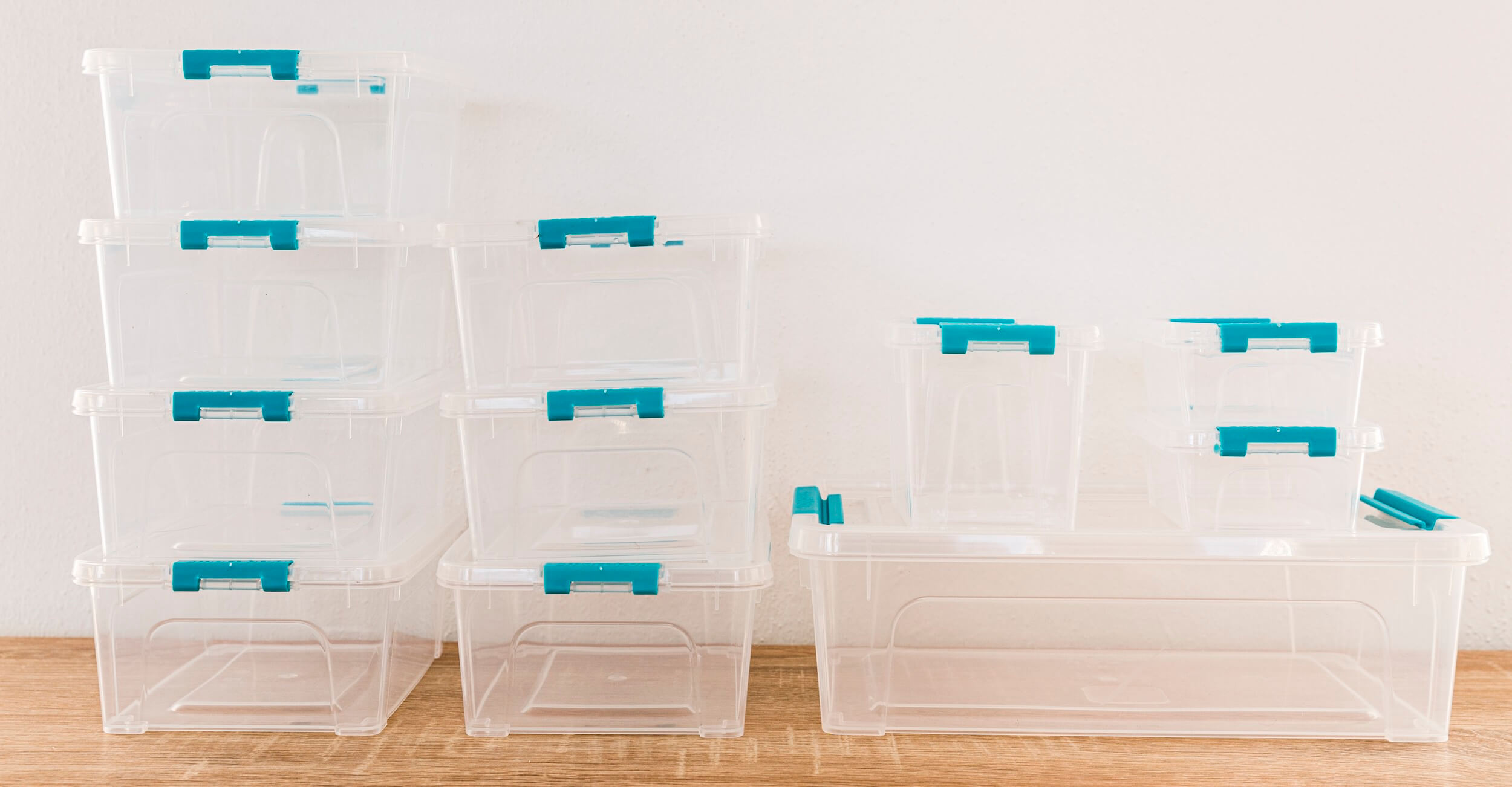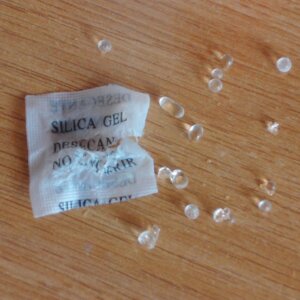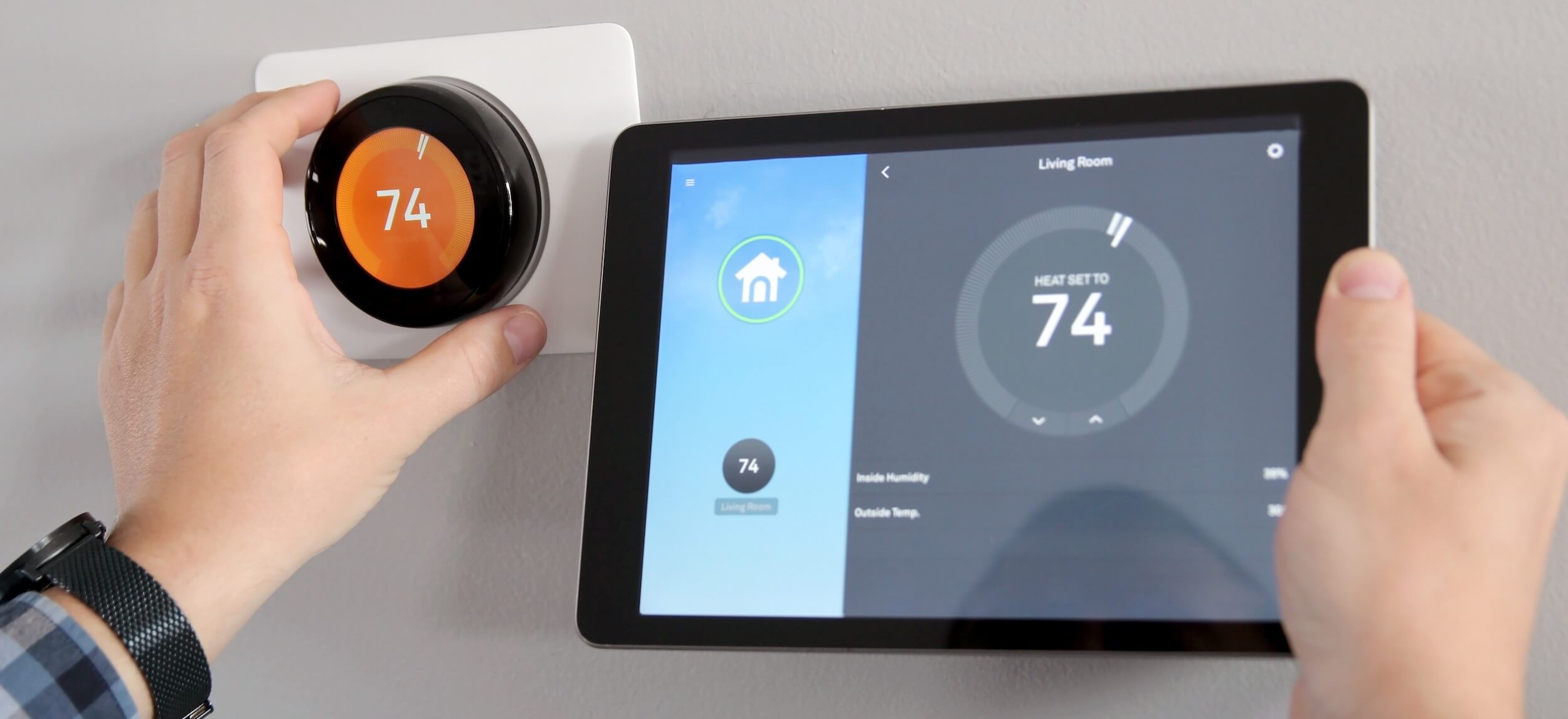View historical precious metals price charts »
View historical precious metals price charts »
If you have valuable collectibles in your home but are tight on space, you may end up throwing them in a cardboard box in the garage or basement. Unfortunately, many collectors find out the hard way that cardboard boxes and high-humidity environments are a recipe for disaster when it comes to storing important items.
If you want to retain high value for your collectibles and keep them in the best shape possible, it’s important to utilize proper storage techniques. Here’s why you should take care to store your collectibles in your home and the best ways to do so.
Improper storage of collectibles can significantly reduce their value and potentially even damage or destroy them. It can be heartbreaking to see a collector find out that their cherished items have become damaged due to improper storage conditions. Dust, moisture, pests, sunlight, temperature fluctuations and physical damage can all significantly impact the appearance and condition of items, and many people don’t realize their items have been impacted until it’s too late.
Because value is heavily impacted by condition, it’s important to take proper steps to minimize damage whether you intend on selling your collectibles, want to pass them down to loved ones or just want them to maintain as much of their original appearance as possible. If you intend on eventually selling your collection to a professional evaluation and liquidation company like Jack Hunt, it’s crucial to store them properly to ensure you receive top dollar for your items.
Proper storage is dependent on many factors, but the two major factors to consider are your storage containers and environment.
Many collectors make the mistake of storing their collectibles in cardboard boxes, and they’re devastated to find out that their items have been damaged as a result. Here’s why cardboard boxes aren’t up for the job:
When storing collectibles in your home, it’s important to make sure both the external environmental factors as well as the individual container the collectible is in provide optimal conditions for storage.

No matter where in your home you store your collectibles, you want to make sure they’re in an airtight container that keeps out pests, moisture and dirt. In addition, keeping them in a low-moisture, temperature-controlled environment will help preserve their value.
Here are some important factors to consider when storing collectibles:
 We recommend storing most collectibles airtight plastic bins with sealed lids. These provide protection from moisture, dust and pests. If cardboard boxes must be used, choose archival-quality boxes made from acid-free materials, which can help reduce deterioration and damage over time.
We recommend storing most collectibles airtight plastic bins with sealed lids. These provide protection from moisture, dust and pests. If cardboard boxes must be used, choose archival-quality boxes made from acid-free materials, which can help reduce deterioration and damage over time.
Desiccants, such as silica gel packs, can be used in storage containers to absorb excess moisture. Be sure they are well-sealed and not leaking on any vulnerable items, and change them out regularly to ensure they’re still collecting moisture. You can also purchase gel beads that change color when they are saturated, so you know when to replace them to keep your items as moisture-free as possible.
Keep a stable environment: A stable temperature and low humidity environment in the room where you keep your collectibles will also help minimize environmental damage, as collectibles can be impacted by fluctuating temperatures and moisture accumulation. While ideal temperature and humidity levels may depend on the type of item, for mixed collections you should aim for a consistent temperature of 65°F to 70°F, with relative humidity from 35 to 45%. Avoid high-humidity areas like garages and basements for optimal storage conditions.

Use humidity and temperature monitors to ensure consistency: Temperature and humidity can change throughout the year, and these fluctuations can cause items to expand, contract or crack. A humidity and temperature monitor can help you keep an eye on things and take action if the levels aren’t in an optimal range. You may want to move your collectibles to different rooms within your home throughout the year depending on the temperature and humidity levels, which will likely be highest in the summer. If the humidity in a room gets too high, consider using a dehumidifier to reduce humidity levels and prevent moisture-related damage to your collectibles.
Use an air purifier: Air purifiers with HEPA filters help maintain good air quality in your home and remove mold, odors, allergens, smoke and pollutants from the air. While you should take care to avoid exposing your collectibles to areas in your home with these contaminants, an air filter can go a step further in removing items in the air that make their way into your home through the ventilation system or open doors and windows, such as wildfire smoke, pollen and particulate matter. By maintaining good air quality in your home, you can improve the life of your collectibles, keep them free from odor and avoid damage caused by polluted air.
Avoid placing bins in sunlight. Collectibles, especially paper products, can be damaged or faded by exposure to direct or indirect sunlight. Be sure your storage bins are not placed near windows or doors with sunlight exposure to avoid fluctuating temperatures and damage from UV rays. Choosing dark colored storage bins can help prevent light from penetrating the materials as well.
Avoid placing storage bins near vents and areas with temperature fluctuations. You should also avoid storing your collectible bins near radiators or vents to prevent temperature changes when the heat or air conditioning kicks on. If your storage room is drafty, consider this when deciding where to store your collectibles.